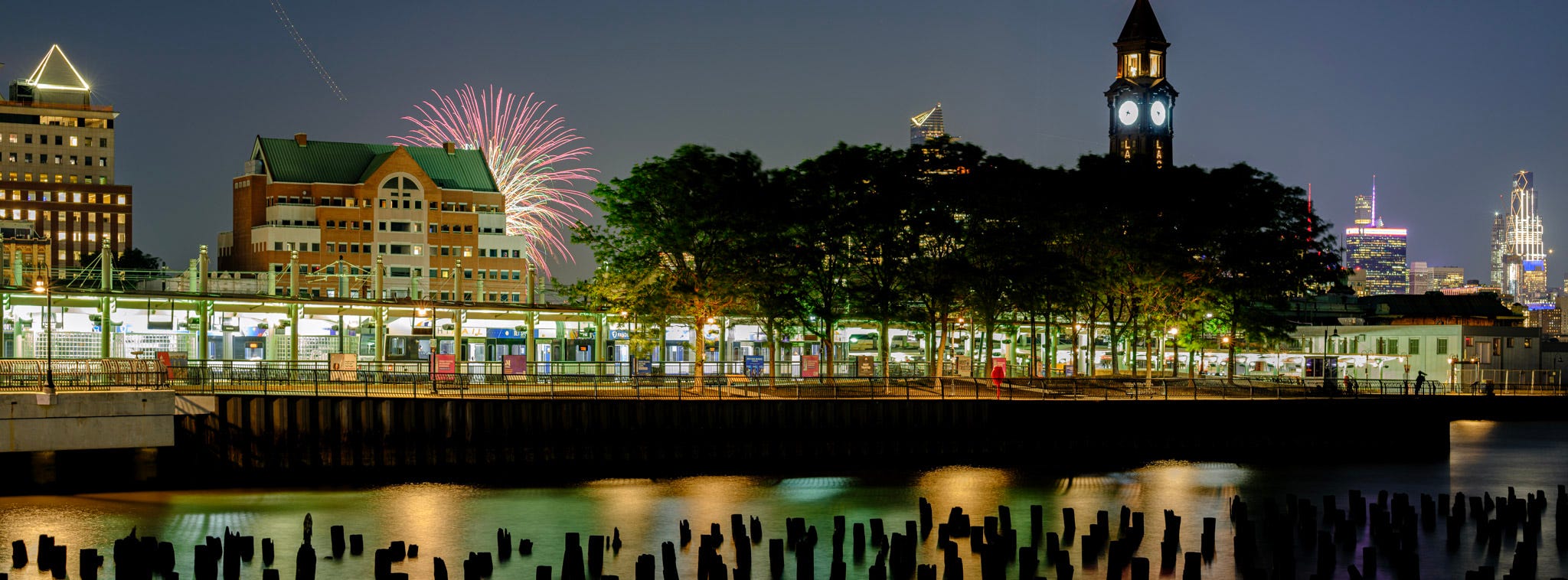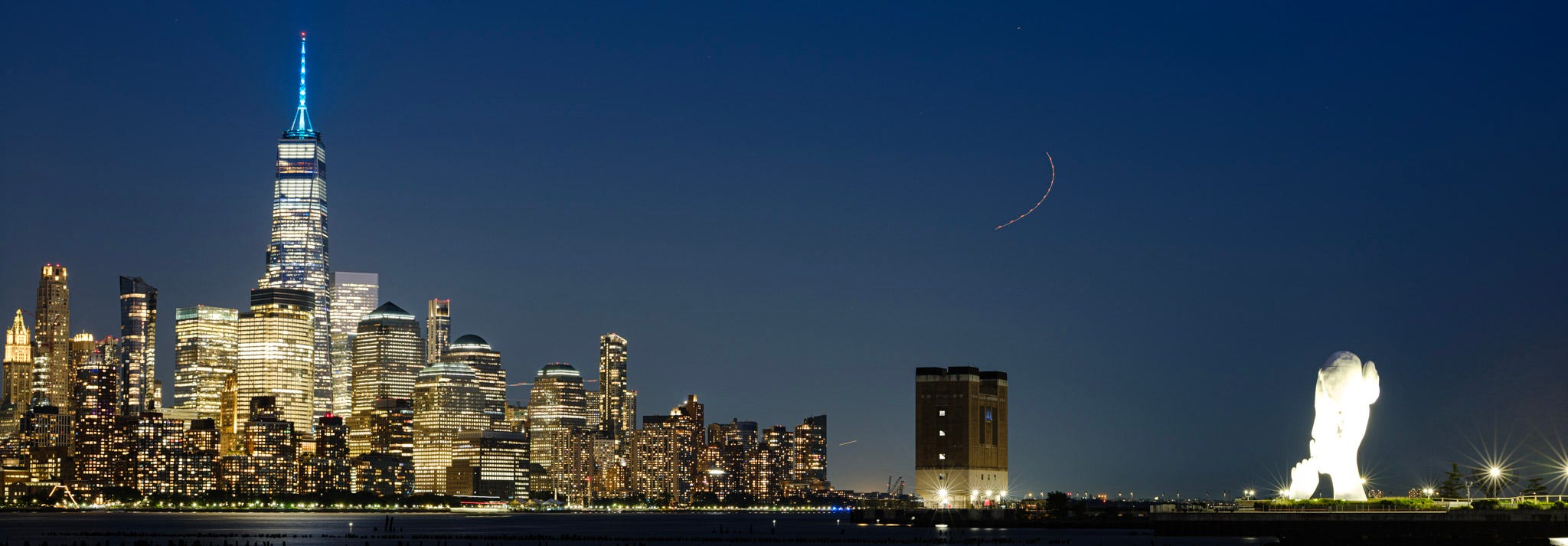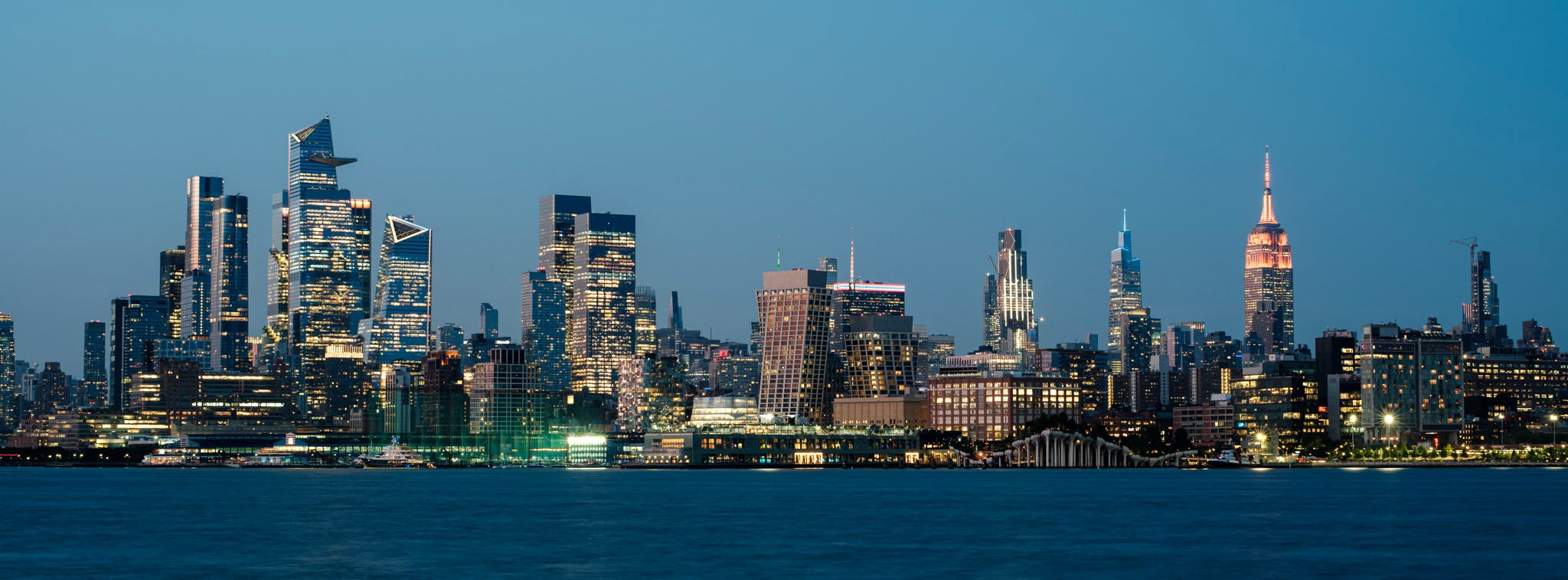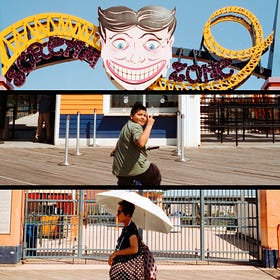Panoooooooooooooooooooooooooramas!
What Panoramas really are, and how to make them work in the vertical mobile era, with some tips I learned along the way.
Let’s Talk Pano First
Technically and culturally speaking, panorama is NOT JUST A CROP.
Panoramic photography is often misunderstood as a process of cropping a regular image. But the technical reality behind a true panorama involves different tools, different compositions, and a different way of thinking. In this post, I’ll explore what made the Hasselblad XPan a landmark in panoramic imaging, how digital medium format cameras continue that legacy, and how you can explore it at your favor with digital cameras.
The Hasselblad XPan
Awesome, but unattainable nowadays, digital to the rescue…
The Hasselblad XPan is a beautiful 35mm rangefinder camera developed by Hasselblad with Fujifilm, who also released it under the name Fuji TX-1. Unlike standard 35mm cameras, the XPan exposes across two horizontal frames of 35mm film, creating a 65x24mm negative. This offers a native panoramic format with no resolution loss through cropping.
The 65x24mm frame translates to a 2.7:1 aspect ratio, which aligns closely with cinematic widescreen formats. This aspect ratio has long been used in cinema, shaping how audiences perceive space and narrative. While most people don’t consciously recognize specific ratios, the visual impact is immediate. A wide frame changes how we see balance, movement, and subject placement.
The XPan gave photographers access to this format using standard 35mm film. Its popularity was due in part to the familiarity of the frame. The 2.7:1 format became a common reference for panoramic photography, both in film and digital, because of how instinctively it communicates visual space.
There are also many other panorama cameras and lenses, and ways to achieve panoramic material, like the Lomography Sprocket Rocket, adapters to medium format cameras, and even stitching multiple photos together. I won’t go through these methods just yet, for now I’ll just keep it theoretical and cultural, with some pictures to illustrate, but one thing is for sure…
Panoramas Are About Summing, Not Subtracting
A real panoramic image is not a trimmed-down version of a regular photo.
Cropping throws away resolution and reduces the angle of view. It changes the geometry of the image.
When using a native panoramic format, like the XPan’s 65x24mm, you are capturing more scene data horizontally while maintaining detail and sharpness across the full width. You are not zooming in, nor cropping. You are widening the canvas. It’s about summing, not subtracting…
In digital photography, this distinction becomes important. A crop can simulate the appearance of a panorama, but it sacrifices information and the field of view might become narrower. A true panoramic capture, whether through a native format or a carefully aligned multi-shot stitch (which is harder to do in my opinion), retains detail that cropping can hardly reproduce.
While it might be OK to publish on social media that would destroy image quality anyway, things get hairy if you would like to print books or do more serious publications.
That’s all very cool, but nowadays, nobody would spend $5,000 in a Hasselblad XPan, and there aren’t too many options when it comes to film cameras and doing panoramic with quality, so, in this specific case, digital photography to the rescue…
The Role of Large Sensors in Panoramic Imaging and Digital Photography
When creating panoramic images, a large sensor provides a flexibility that I elegantly call “brute force”.
To start this section: As you will read, medium format sensors are expensive and I know that not everybody can afford getting a medium format camera. Please do know it’s not needed to unleash your creative potential and do nice work. The camera is actually not that very important as we might think. What is important is to compose your shots while thinking on the aspect ratio, medium format cameras make that easier because they allow previewing the panoramic format while shooting, as I show on the note below.
That said, I would not recommend trying doing with a single picture taken on mobile, but they have awesome features to compose panoramas with multiple shots: “together makes us strong”. Now back to medium format sensors…
They are significantly larger than standard cropped sensors. This extra area captures more light and allows for greater dynamic range and resolution, so you don’t sacrifice resolution on the crop.

When creating panoramic images, a large sensor provides a flexibility that I elegantly call “brute force”.
Larger sensors also allow for lenses with distinct rendering and minimal distortion, which benefits panoramic compositions. When lines must remain straight across the full width, sensor and lens alignment becomes critical. Medium format systems are better equipped for this type of work.
Digital Panorama Features on Digital Medium Format
The framing becomes intentional from the start…
Fujifilm’s GFX line includes an in-camera feature that displays aspect ratio overlays, including panoramic formats such as 65:24 and 2.39:1. This allows photographers to preview the framing of a panorama before capturing the image, and trust me, that makes all the difference, check it out…
This is not a gimmick (although it looks like). Seeing the panorama overlay changes how I compose. It encourages attention to symmetry and balance along a horizontal axis. Rather than composing in a 16:9, or 4:3 ratio and deciding later to crop, the framing becomes intentional from the start, allowing me to explore more pixels rather than having to be conservative and zooming things out, for the sake of safely cropping it.
With the added resolution of the medium format sensor, the cropped image retains quality. Unlike cropping on a smaller sensor, there is less penalty. The image still holds dynamic range and texture.
Where Will the Image Be Seen?
The experience depends on where it is displayed…
One of the biggest challenges for panoramic photography today is how it fits into modern presentation formats. A 2.7:1 image can look impressive on a wide monitor or in a physical print, but may appear tiny or cropped when viewed on vertical smartphone screens.
If you take this Substack post as an example: if you are reading it in the computer (horizontal screen), these images will look awesome, but if you are looking in a cell phone with a vertical screen, they may appear as tiny stripes of pixels requiring you to click in order to zoom, right? Well, nobody does that!
While viewers may be surprised in a good way by a well-done panorama, the experience depends on where it is displayed. Photographers must now consider not only how to shoot the image, but also how it will be seen. If the goal is to publish it on a platform dominated by vertical formats (which is today’s internet standard), the presentation needs to be adapted. That might mean combining images, using scrollable frames, or selecting a different crop to maintain impact.
Making Panoramas Work For You
Tips and tricks I learned while researching about panoramas
There is also value in considering new approaches to fit current platforms. Instead of giving up on panoramas because of vertical formats, we can explore vertical panoramic stitching, or stack horizontal panoramas in a sequence for mobile viewing. These methods can preserve the visual rhythm of a panoramic story while adapting it to phone screens, and even more, it can occupy more space in your viewers’ hands.
Unfortunately, mobile phones have become the main viewing platform for photography. Have you seen someone scrolling through things horizontally? I never did.
Check out the post I wrote about panoramas in Luna Park, where I explore the fact of stacking panoramas on top of each other to have a 16:9 frame.
Panoramas in Luna Park, Coney Island
I believe panoramas are a format we need to use intelligently today, because we can’t control how a photo will be displayed (like in an exhibition). Since most people view photos vertically on their phones, I designed the following panoramas I want to present in a way that they tell a story or relate to each other, while also maximizing the potential sp…
Now back to pano composition, or panosition :P
Composing and presenting work with this context in mind opens up creative possibilities. A good image adapts, and panoramic photography has room to evolve in how it is experienced.
Here’s a tip I learned from a guru: if your panoramic photo is too wide for a vertical phone screen, consider splitting it into parts and presenting them side by side in a swipeable carousel. This helps retain detail and viewer engagement. Alternatively, experiment with vertical panoramas by displaying them side by side. This format takes advantage of the vertical screen layout while still offering the storytelling depth that panoramas provide, and when you go out to photograph, think about doing sets of photos per subject.
These adaptations can help make your work visible and also compelling in the formats where people actually view it in a reasonable size.
I wanna see yours!
It’s your turn!
Use the comments section to share your panoramas, I am curious to see them! Try doing that collage with vertical panoramas and a 9:16 aspect ratio, post to your social medias (especially instagram), or here on the comments section or your Substack feed, and you will see how much screen space you will occupy.









Incredible write up on panoramas! You're Coney island panorama tryptics were an incredible blend of two of my favorite ways of presenting imagines.
I've really enjoyed taking panoramas over years. Anything from full 360 views to a vertical panorama of a tree with a 150-600 lens. They've also gotten me out of tight spots before when I just didn't have a focal length that could get a large group in the shot.
Thanks again for sharing and if you'd like to see some of my panos I've linked them below.
https://open.substack.com/pub/bwderos/p/for-the-love-of-panoramas?utm_source=share&utm_medium=android&r=3i1b3u
I love panoramic cameras! I haven’t used a good dedicated one…but! I have used the Lomography Sprocket Rocket, tonnes of fun. Also the Lomography Horizon Kompact. Sadly I don’t have either anymore. The Rocket was loaned out and never returned and things broke down between me and the other person. The Kompact never survived a house move. My current digital technique for panoramic images is using an old PC-Nikkor 35/2.8 lens. Take three frame and get Lightroom to stitch them together.